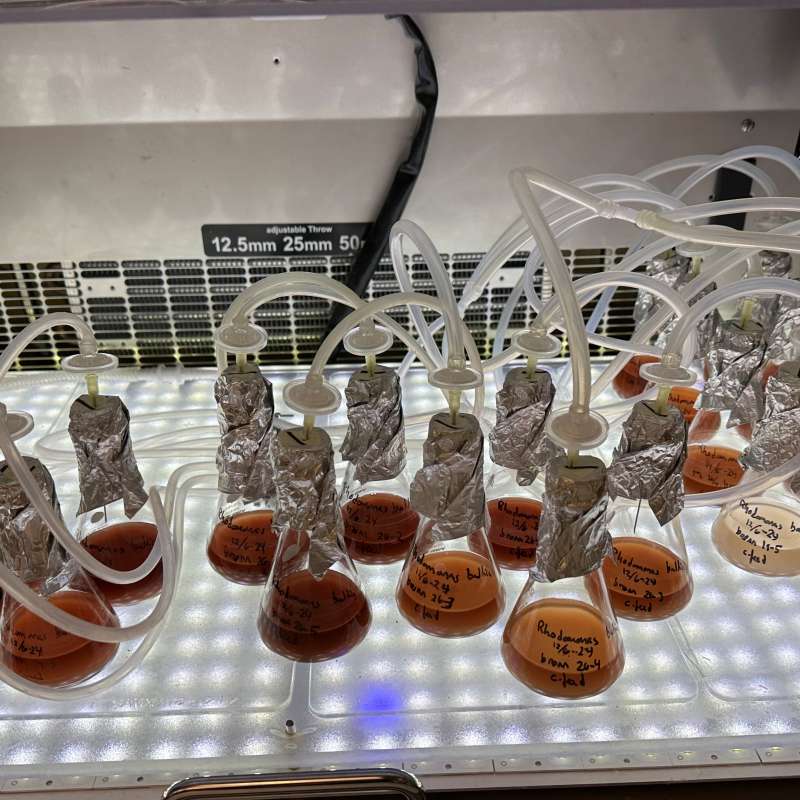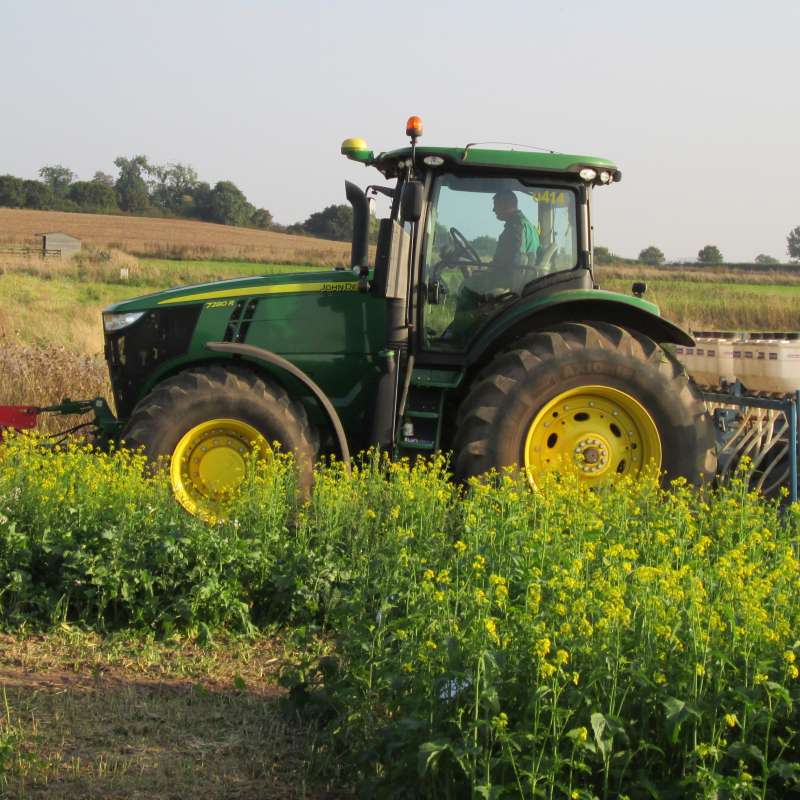Hans Ragnar Norli
Chief Engineer
Biography
Born and raised in Sandnes, Rogaland (Norway). Upper Secondary School: Natural Science Line 1981, Agder District High School: College College in Analytical Chemistry 1984, UiO: Master of Science 1986, Main Subject in Analytical Chemistry, MSc. 1989.
Abstract
This paper investigated the possibility of leaving out the traditional clean-up step in the QuEChERS procedure and analysing non-cleaned extracts from fruit, vegetables and cereals with a combination of gas chromatography-tandem mass spectrometry (GC-MS/MS), back-flush technology and large-volume injection. By using calibration standards in cucumber matrix, recovery and precision were calculated in lettuce, orange and wheat for 109 pesticides at 0.01 and 0.1 mg kg−1 in two sets of samples: one with and one without clean-up. For both spiking levels, 80–82% of the pesticides in the non-cleaned extracts and 80–84% of the pesticides in the cleaned extracts were within the acceptable recovery range of 70–120%. Precision data for both levels showed that 95% of the pesticides in the non-cleaned extracts and 93–95% of the pesticides in the cleaned extracts had RSDs below 20%. Recovery and precision data were determined using a two tailed t-test (p = 0.05). By using calibration standards in the respective matrix, we studied if the non-cleaned calibration standards gave an extra matrix effect compared with the cleaned standards by using the slope from calibration graphs and plotting the calculated extra matrix effect minus 100 for each compound. The results showed that for 79% of the pesticides, the extra matrix effect minus 100 was within the acceptable range of −20% to 20%. Five European Union proficiency tests on rye, mandarin, rice, pear and barley, respectively, from 2010 to 2012 were reanalysed omitting the clean-up step and showed satisfactory results. At least 70 injections of non-cleaned extracts were made without detecting any increased need for maintenance during the experimental period. Analysing non-cleaned QuEChERS extracts of lettuce, orange and wheat are possible under the conditions described in this paper because recovery, precision and specificity showed satisfactory results compared with samples subjected to traditional dispersive clean-up.
Abstract
No abstract has been registered
Abstract
No abstract has been registered
Authors
Kari Skjånes Dag Henning Edvardsen Hans Ragnar Norli Inger Johanne Karlengen Stig A. BorgvangAbstract
No abstract has been registered

Division of Biotechnology and Plant Health
Microalgae contributions to future protein and fatty acid rich feed for Norwegian chicken at industrial scale - ALGEKYLLING
The main goal of the project is to create a knowledge and technology platform for production and use of chicken feed with proteins and polyunsaturated fatty acids (PUFA) from Norwegian microalgae biomass. The project consortium includes the whole production/value chain.

Division of Biotechnology and Plant Health
MikRho - Establishing Rhodomonas culture with beneficial microbiome adapted to industrial production
As one of the largest microalgae producers in Norway, CFEED contributes to sustainable feed solutions through its production of microalgae and the copepod

Division of Biotechnology and Plant Health
Green crop protection: Cruciferous plants as a green alternative to chemical pesticides in cereals
Cereal plants infested with plant pathogenic fungi or nematodes may have reduced grain quality and yield. These diseases can partly be controlled by using chemical pesticides. The purpose of this project is to identify "green" methods to mitigate plant pathogenic fungi and nematodes in cereals, as an alternative to chemical pesticides.
